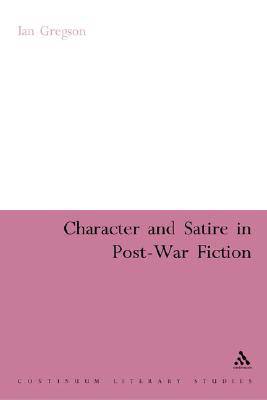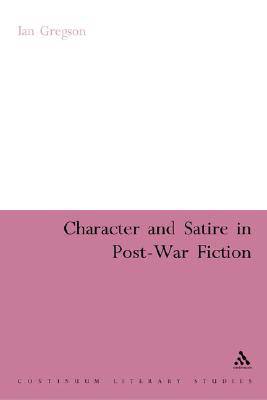
Bedankt voor het vertrouwen het afgelopen jaar! Om jou te bedanken bieden we GRATIS verzending (in België) aan op alles gedurende de hele maand januari.
- Afhalen na 1 uur in een winkel met voorraad
- Gratis thuislevering in België vanaf € 30
- Ruim aanbod met 7 miljoen producten
Bedankt voor het vertrouwen het afgelopen jaar! Om jou te bedanken bieden we GRATIS verzending (in België) aan op alles gedurende de hele maand januari.
- Afhalen na 1 uur in een winkel met voorraad
- Gratis thuislevering in België vanaf € 30
- Ruim aanbod met 7 miljoen producten
Zoeken
Omschrijving
This monograph analyses the use of caricature as one of the key strategies in narrative fiction since the war. Close analysis of some of the best known postwar novelists including Toni Morrison, Philip Roth, Joyce Carol Oates, Angela Carter and Will Self, reveals how they use caricature to express postmodern conceptions of the self. In the process of moving away from the modernist focus on subjectivity, postmodern characterisation has often drawn on a much older satirical tradition which includes Hogarth and Gillray in the visual arts, and Dryden, Pope, Swift and Dickens in literature. Its key images depict the human as reduced to the status of an object, an animal or a machine, or the human body as dismembered to represent the fragmentation of the human spirit. Gregson argues that this return to caricature is symptomatic of a satirical attitude to the self which is particularly characteristic of contemporary culture.
Specificaties
Betrokkenen
- Auteur(s):
- Uitgeverij:
Inhoud
- Aantal bladzijden:
- 192
- Taal:
- Engels
- Reeks:
Eigenschappen
- Productcode (EAN):
- 9780826487476
- Verschijningsdatum:
- 19/01/2006
- Uitvoering:
- Hardcover
- Formaat:
- Ongenaaid / garenloos gebonden
- Afmetingen:
- 162 mm x 242 mm
- Gewicht:
- 444 g

Alleen bij Standaard Boekhandel
+ 678 punten op je klantenkaart van Standaard Boekhandel
Beoordelingen
We publiceren alleen reviews die voldoen aan de voorwaarden voor reviews. Bekijk onze voorwaarden voor reviews.









